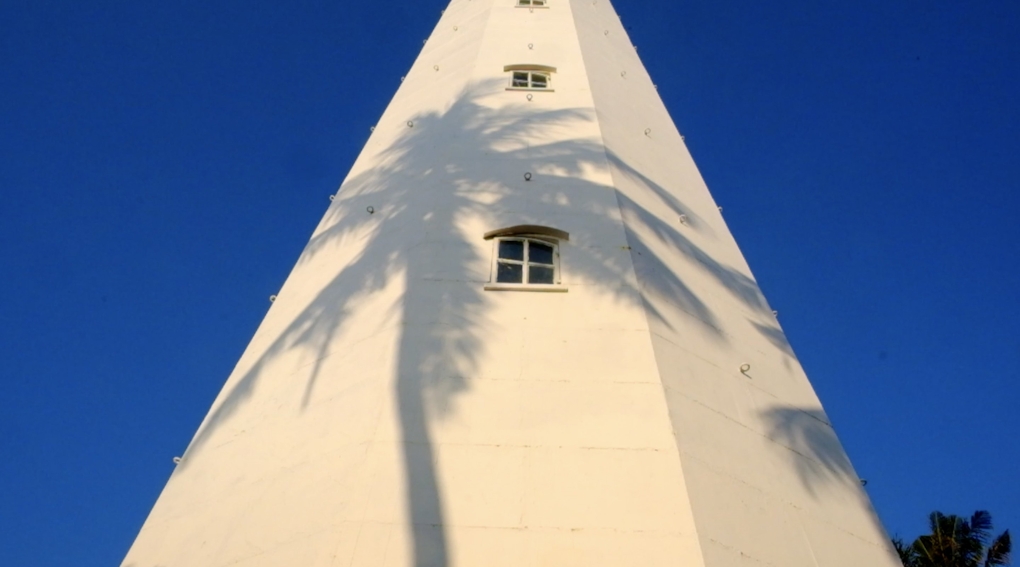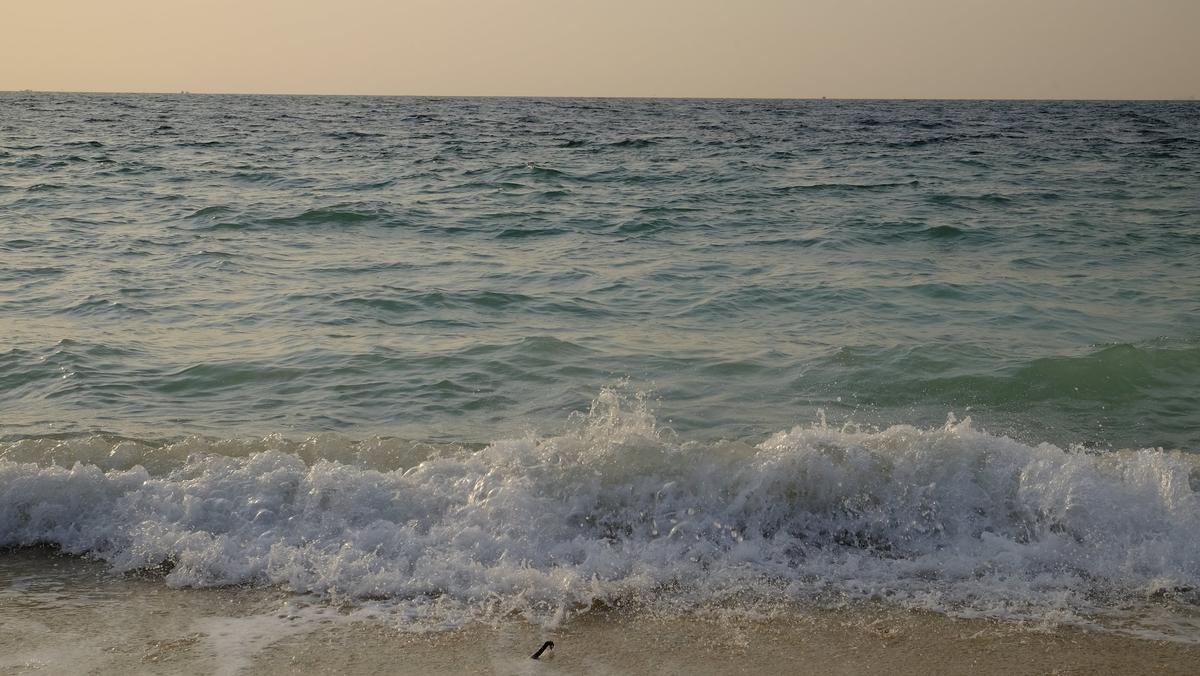Nearly 250 years ago, a large ship made its way from the Society Islands, charting south to its destination of Terra Australis. On board was a man who came to be revered, and loved, by the people he met. He was of course Tupaia, a tohunga, rangatira, ringatoi from the island of Ra’iatea. His role in Aotearoa was significant as he interpreted between the two groups of people, those on the Endeavour (who, by all accounts, sounded incredibly tempestuous and trigger-happy), and the iwi they encountered. Tupaia’s influence was so much so that, on the instances he didn’t make it onshore, the interactions between the crew of the Endeavour and tāngata whenua were exponentially worse.
The presence of Tupaia, and his nephew Taiata (described in some places, such as the British Library website, as Tupaia’s servant), on the ship was a fraught decision and their passage was eventually covered by the botanist, naturalist and inheritor of a significant fortune, Joseph Banks. In his decision to do so, Banks wrote that it would allow him to do as many of his contemporaries had done with lions and tigers that is, “keep him as a curiosity.” Never have I heard of a curiosity with such agency as Tupaia; even from on board the Endeavour he chose to warn an oncoming fleet of waka taua that the gun power on board could prove fatal them, thereby potentially saving their lives.
From Tupaia’s time in Aotearoa, the rest of the crew on the Endeavour were able to achieve more than they would have without him, and it’s clear from accounts from the crew’s second visit to Aotearoa that Tupaia’s absence was deeply mourned. His absence was due to his untimely death while the ship was docked in Jakarta (then Batavia), which came two days after the death of Taiata, and after a period of sickness for them both.
It is with this knowledge that I view Ziarah by Bridget Reweti (Ngāti Ranginui, Ngāi Te Rangi), a moving image work commissioned by CIRCUIT and created at the Cemeti Institute as part during her Asia New Zealand residency. The work features narration from Safir Islami, a Betawi man, who states that: “There is still a lot I need to learn about being friends with the ocean,” before acknowledging his concerns about environmental degradation that has occurred around Indonesian islands, and his own sustainable approach to fishing. As he is speaking, in the opening scenes, which show a reflection of boats in water and denote slow movement, he talks of the noise in Jakarta, a scene in quiet contrast to the serenity of what is depicted.
The real strength of this work is that it is purely about the relationships between Tupaia and Māori.
Islami is talking about, not just the ocean and its surrounds and his relationship with them, but of this man that Reweti has told him about: Tupaia. As he shares what he has learned of Tupaia and where he was buried on Damar Besar island, the camera becomes fixed in place and a swimmer in flippers and a snorkel crosses the screen. It is Reweti. Like the title of the work reflects, ziarah being a visit to a holy place or grave, Reweti is making her own pilgrimage in recognition of Tupaia and what he meant to the iwi he met and to her personally. At this point, Islami’s narration mentions the clarity, and cleanness of the water at Damar Besar, that this is likely due to its distance from Jakarta and the pollution that comes with a bigger city. He links this also to how Tupaia, someone from a smaller and presumably unpolluted island, must have felt. This is reflected in accounts from the time that state that Tupaia was enlivened, even in his sickly state, by the fresh food and warmth of Indonesia.

Still from Ziarah (2018) Bridget Reweti. Courtesy of the artist and CIRCUIT
On Damar Besar, an island uninhabited but for the lighthouse keeper Pak Imam and officers, the view comes from within a mentioned lighthouse. Here, Reweti employs a favourite technique that is recognisable to those familiar with her work: a polyptych depicting multiple scenes that move slowly across the screen. At first, I was unsure if they were still or moving, the serenity depicted only strengthening the narration which talks of the relatively untouched nature of this island. Through his descriptions of the island and the graves thereupon, Islami reveals which unmarked grave he believes to belong to Tupaia and Taiata. Here, the view looks upward to a canopy of trees, and I feel I am lying under this canopy wondering if this is taken from the spot where Tupaia may be buried?
The final scene looks upward at what I assume is the lighthouse, the narration turning from a historical contemplation to a meditation that is forward-looking. Here, Islami shares the small steps he takes personally to ensure there is a future of fishing and ocean-going activities for himself and others, “So that tomorrow there will still be lots of fish.” It feels sacrilegious to tamper this work with mention of the sestercentennial commemorations that will be taking place across the country in 2019, as in reality, the real strength of this work is that it is purely about the relationships between Tupaia and Māori. It is in those exchanges that the most meaningful exchanges occurred 250 years ago. It is also a recurring theme of Reweti’s work while on residences in countries where she is not tangata whenua, in rohe where she is not mana whenua, that she negotiates her relationship to the land she is on, in the work she produces. The same happens in Ziarah, as Reweti literally gives voice to the land and its histories through Safir Islami.
